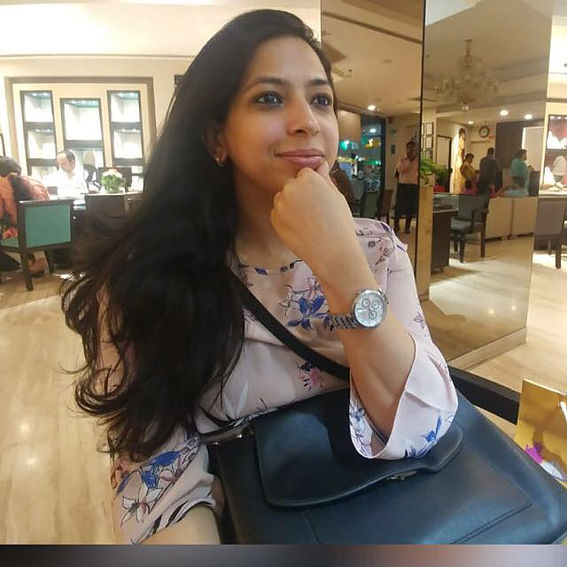“Is it a film or a musical?” My friend from New York asked me, amused as we left the movie hall after a 2 hour and 35-minute-long movie. Unlike in the west, in India we’ve rarely separated one from the other. Music and dance have always been an integral part of Bollywood, providing creative expression to our identity and sense of being. The words stay with us longer when put together in beautiful lyrics and good music.
In India, we have songs for weddings, baby showers, child birth and even death. It helps us capture the transient nature of our lives and give expression to our feelings of love, loss and joy. Music allows us to be more present and relate with our emotion completely. Our ancestors also chose the medium of music to pass on folklore and ancient wisdom down to generations. Clearly, they were well versed with human psychology and understood music’s role as a compelling form of communication.
Our first documented relationship with music dates back to 2nd century B.C when the ‘Natyashastra’ was written. The text consists of 36 chapters with a cumulative total of 6000 poetic verses describing performance arts. The Shashtra asserts that the primary goal of the performing arts, with music being key, is to transport the individual in the audience into a parallel reality, full of wonder, where they experience their consciousness in every part of their being.
Today, a number of films in Indian cinema are remembered more for songs than their storylines. Alam Ara, the first Indian film with sound and music had 7 songs dedicated to love, vengeance, separation and union. The film’s music had a spellbinding effect on its viewers with its relatable Urdu couplets, used widely among masses in pre-independence era.
Barsaat (1949), Bobby (1973), Aashiqui (1990), Komaram Puli (2010) are some of the top grossing Indian albums of all time. These films couldn’t have had a solid opening week without their music. In a time when films would reap in revenues in the excess of lakhs, Aashiqui’s music revenue topped 1.5 crores.
Music marked the various milestones at different points in the history of Indian cinema. Jatin Lalit’s Pehla Nasha defined the innocent ’90s, with Aamir Khan’s dreamy, slow-motion leap in the air amid picturesque hills, Lalit’s melody and Udit Narayan’s velvety voice. Just like the movie, there was something fresh about the soundtrack of Dil Chahta Hai (2001). It was Shankar-Ehsaan-Loy at the top of their game. Emosanal Attyachar became the new cool for the young people. The composers won a National Award for the strikingly original Dev D album (2009). Tum Hi Ho, the haunting love ballad from Aashiqui 2 (2013), turned Arijit Singh into a phenomenon that still hasn’t ended.
The allure of songs is indeed infectious and hard to resist.
While the music in Indian films is evolving in fascinating ways, it will continue to play a disproportionate role in defining and redefining Hindi cinema.

